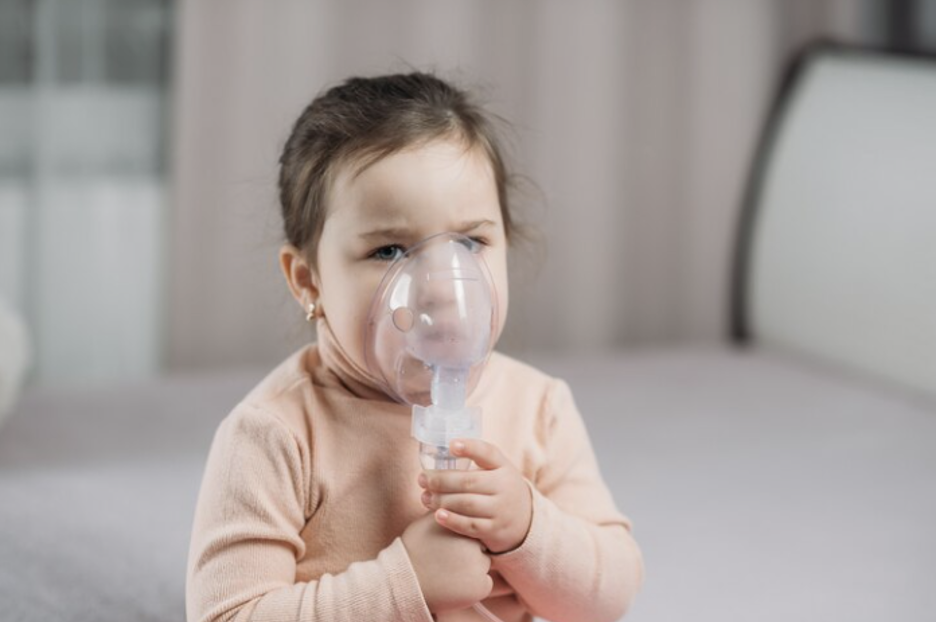If you or your child needs a nebulizer at home for treating asthma or another severe lung ailment, you might think about getting a portable device for travel or day trips.
The best portable nebulizers come in three varieties: compressor, vibrating mesh, and ultrasonic. Compressor nebulizers use compressed air to vaporise your medication. Ultrasonic nebulizers use high-frequency sound waves, whilst vibrating mesh units use vibration. Despite the fact that ultrasonic and vibrating mesh nebulizers distribute more quickly and quietly, they all produce an aerosol mist. Travelers who need to nebulize in a public area such as an airport or cafe may find these features particularly tempting.
Because of the ongoing advancements in nebulizer technology, nebulizer therapy continues to be a viable and relevant treatment option.
Effective Drug Delivery
The structure of the airways will filter out the bulk of airborne particles except for microscopic particles around 1 and 7 m in diameter. By creating fine aerosol droplets, the best travel nebulizer assists in delivering medication to the required target organ, your lungs.
Oral medications must transit through the gastrointestinal tract to the bloodstream before the active ingredients can be used by the body, but asthma nebulizers administer treatments quickly and directly to the respiratory tract. Albuterol, a common bronchodilator, starts functioning in around five minutes when taken via nebulizer versus around 30 minutes when provided orally, as per the American Association for Respiratory Care. As a result, nebulizer treatment is a more easy and efficient method to get medication into the lungs.
Simple to Use
The usage of a nebulizer requires relatively little effort. It is the favoured device for children, the elderly, disabled people, and anyone who have trouble using their hands and taking deep breaths. Unlike inhalers, which need some breathing and hand coordination, nebulizer therapy merely requires you to breathe normally. When a patient is unable to do it themself, this makes it easier for a caregiver to deliver the medication. By using a nebulizer machine, even babies and seriously disabled persons can receive medication.
Portable, compressor-driven nebulizers for sale are now available to fulfil patients’ demands for portability. This overcomes the disadvantage of a stationary nebulizer and makes it much easier to use.
Practical tips to use a portable nebulizer:
- Take a deep breath in through your open mouth and nose.
- It’s quite normal and expected for vapours to escape from the sides.
- After each usage, clean the chamber and tubing with running water.
- The chamber should be sterilised once a week by dipping it in one part white vinegar and four parts water for 20 minutes.
- A typical respule holds 2.5 to 3 mL of fluid and takes around 7 minutes to complete. If it takes much longer, the nebulizer may be malfunctioning or the filter may be clogged.
Medicine storage tips
Follow the manufacturer’s instructions for storing your medicines in a cool, dry location.
Keep an eye on your medications. Check to see whether they’ve changed colour or formed crystals. Throw away your medicines if you notice any changes in their appearance.
